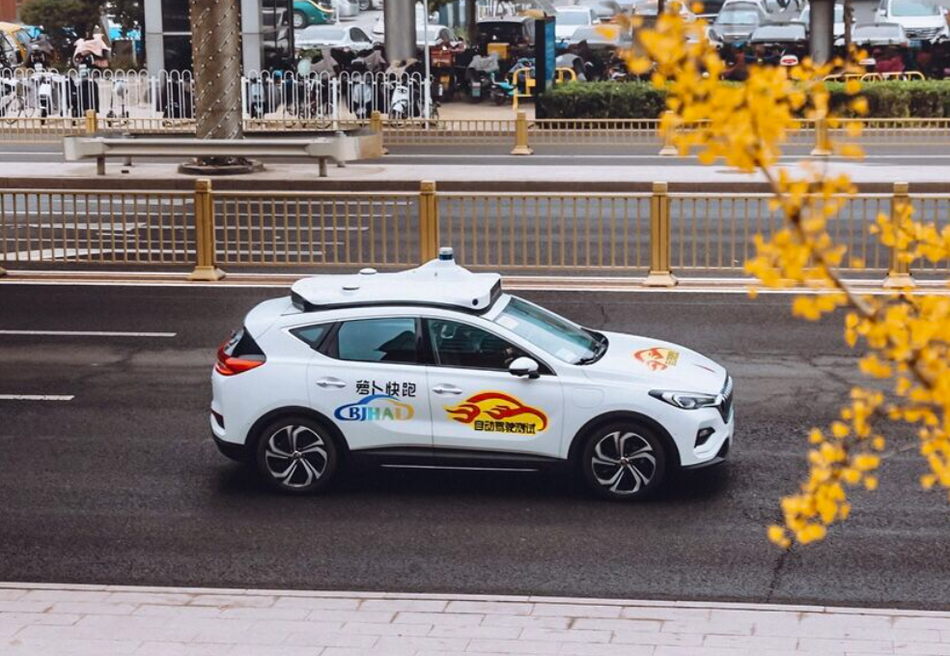What are LiDAR self-driving cars?
Author: Neuvition, IncRelease time:2022-01-08 00:55:03
LiDAR, typically used as an acronym for “light detection and ranging”, is essentially a sonar that uses pulsed laser waves to map the distance to surrounding objects. It is used by a large number of autonomous vehicles to navigate environments in real time. Its advantages include impressively accurate depth perception, which allows LiDAR to know the distance to an object to within a few centimeters, up to 60 meters away.
Self-driving car is all about the sensors
The self-driving cars of today are not fully self-driving.
Level 0: Zero automation. The driver controls the car.
Level 1: Basic driver assistance. E.g., Cruise control on highways allows drivers to take their feet off the pedals.
Level 2: Limited automation. Systems control acceleration and braking as well as steering to perform complex operations.
Level 3: Situational automation. Systems handle driving in conditions like highways and warn drivers when they must take over.
Level 4: High-level automation. All routine tasks in conditions within the operational design domain are performed by systems. The driver is asked to take over when unknown conditions are encountered.
Level 5: Full automation. No need for a driver. Systems can handle all operations in all kinds of conditions.
How computer vision and LiDAR work
Self-driving car manufacturers have a few options when it comes to choosing the sensors for ADAS. Radars with different ranges, ultrasound systems, optical cameras, and LiDAR are some of the most popular technologies for self-driving cars. Out of these, optical cameras and radars are often used together while LiDAR is used as a standalone system.
LiDAR uses pulsating lasers to create a 3D map of the surroundings with high accuracy. The movement can be detected using an FMCW radar or by sending two quick pulses to see a change in position over milliseconds. A computer uses this data to operate the car on the road.
The case for LiDAR
LiDAR has come a long way over the years. Some shortcomings exist but many have been or are being solved. Recently, movement detection became possible with radars or through rapid-fire pulses. The system can be integrated with traffic light systems to overcome the color detection issue when the cars hit the road.
